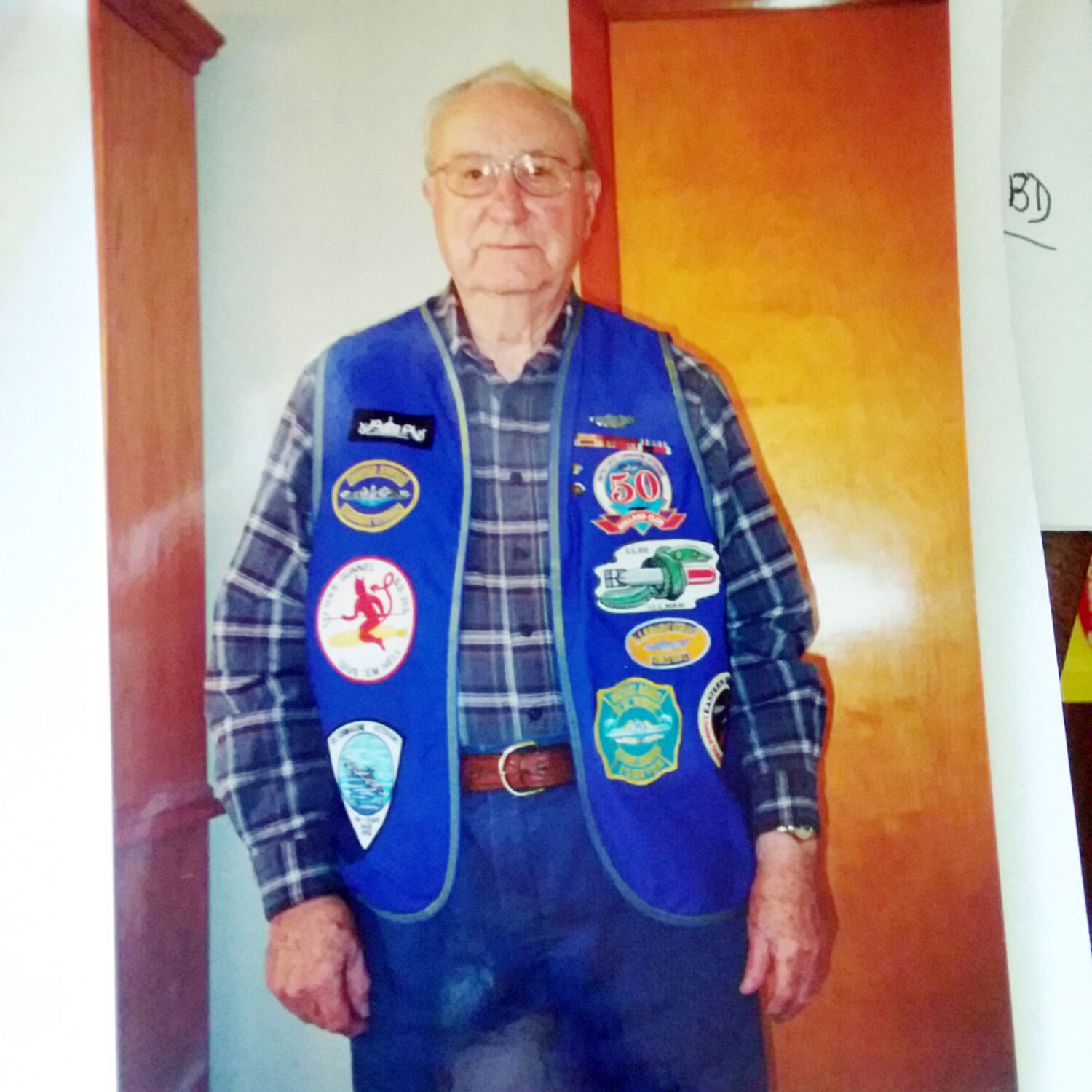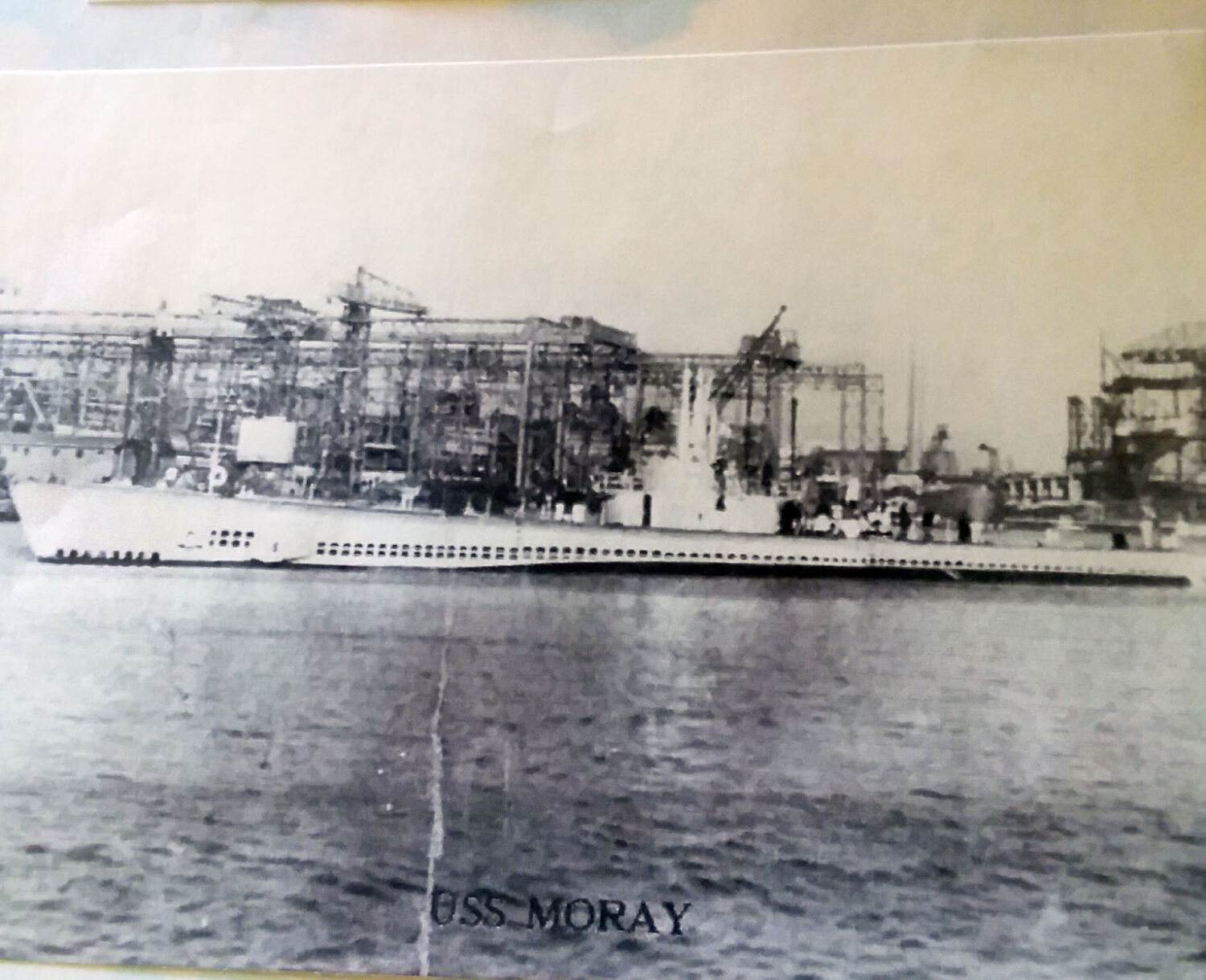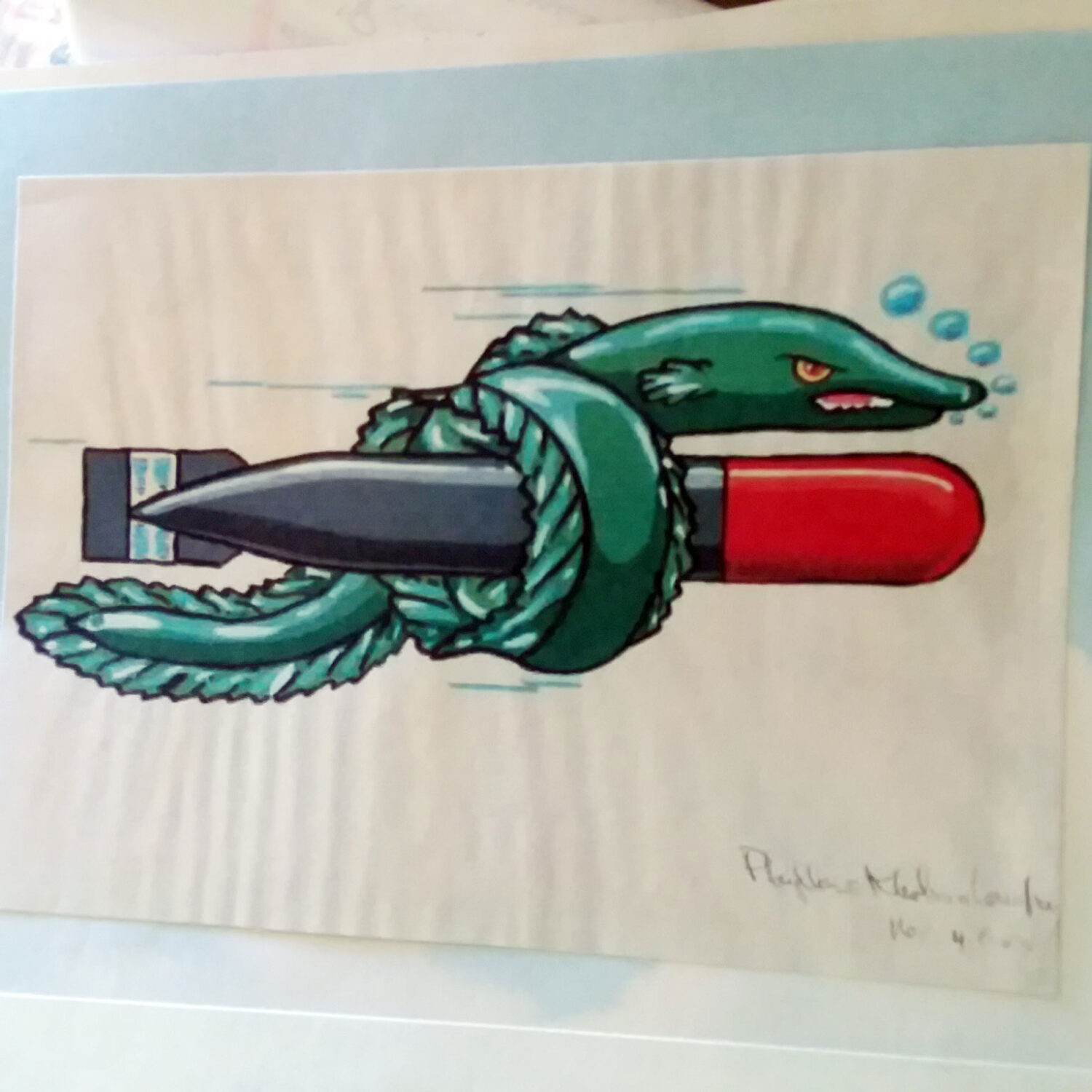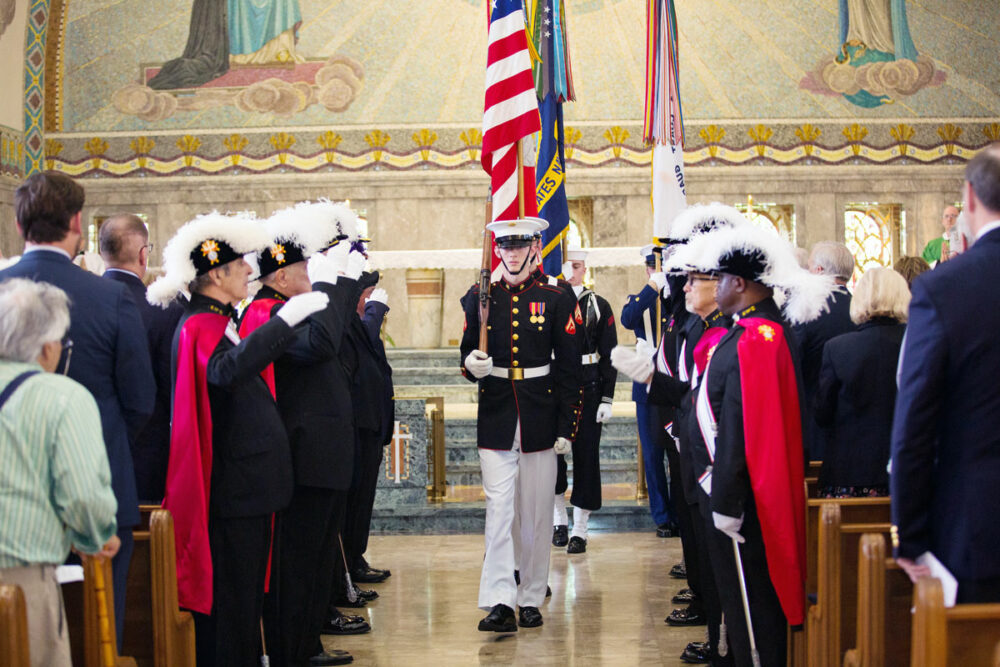Navy Vet Tony Ruopoli
by Richard D. L. Fulton
From Beirut to Eritrea
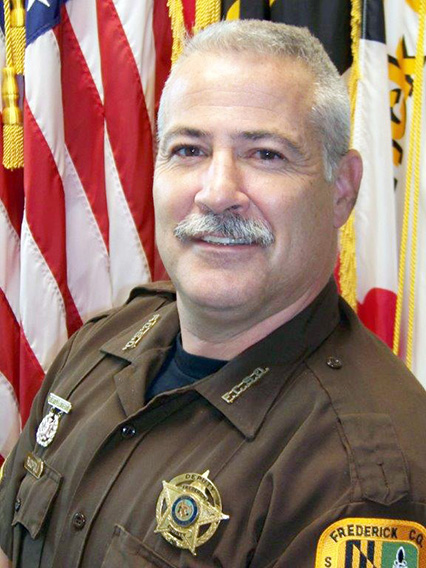
Soon-to-retire and highly decorated Frederick County Deputy, Tony Ruopoli (pictured right), served in the U.S. Navy and has been confronting the “bad guys” for more than four decades, from Lebanon to the highways of Frederick County.
Emmitsburg resident Ruopoli served in the Navy from 1980 until his retirement in 2002. He has served in missions from Lebanon to Somalia to Eritrea, as well as at home, which included recovering a valuable, prototype aircraft involved in a fatal crash in the Potomac River.
Ruopoli, who enlisted in the Navy when he was 17, was initially assigned in 1980 to serve on the U.S.S. Spruance as a mechanical engineer, working on hydraulics and the ship’s diesel engine.
He was serving aboard the Spruance, which was stationed off Lebanon in 1983, as the Lebanese war was erupting, and was present when the U.S.S. New Jersey engaged the enemy, firing her heavy guns for the first time since Vietnam at hostile positions in Beirut.
Also in 1983, Ruopoli was assigned to the U.S.S. Halyburton. While serving on the Halyburton, Ruopoli was aboard when the ship was dispatched to Granada in October 1983 to support the Marine assault that resulted in the liberation of 36 American students that were being held as hostages by the Grenadian militia.
During 1985, Ruopoli was assigned to Assault Craft Unit II, a unit that was involved in the invasion of Panama, which ultimately resulted in the surrender of Dictator Manuel Noriega. While with the unit, he was made chief engineer and became the first engineer to qualify as craft master.
Ruopoli was subsequently transferred to the Mobile Diving and Salvage Unit II (MDSU) after having been trained as a Navy diver. When Iran invaded Kuwait in 1991, Ruopoli found himself and other members of MDSU deployed in support of the ensuing military response.
A less pugnacious incident he was assigned was the salvage of a prototype V-22 Osprey (a “tilt-rotor” aircraft), which had crashed on July 21, 1992, into the Potomac River. “We got called to recover the aircraft,” Ruopoli said. By dusk, Ruopoli and his fellow divers had begun recovering pieces of the craft and the bodies of the crew members.
The year 1993 found Ruopoli enroute to Mogadishu, Somalia, to support Seal Teams 2, 4, and 6 in retrieving the remains of the Black Hawk helicopter that had been shot down by Somali militia (subject of the movie Black Hawk Down).
Ruopoli was then assigned to the Navy Medical Research Institute (NMRI) in 1994 to participate in developing protocols for civilian and Navy divers and to help with experimenting with gas mixtures for divers’ tanks. He was also made chief petty officer.
Ruopoli also became involved in recovering debris and bodies from the wreckage of TWA Flight 800, which had exploded and crashed into the Atlantic in 1996 off Long Island, New York. He said the recovery was especially emotional and difficult for him since “a lot of them [victims] were those of kids who were on the plane on a field trip to France.”
When the Eritrean–Ethiopian War broke out in 1998, Ruopoli and other members of his unit were deployed as part of a United Nations operation in an attempt to “assist Eritrea in becoming its own nation and (in assuring) a peaceful separation of Eritrea from Ethiopia,” he said.
Ruopoli retired from the Navy in 2002, and then attended and completed the Frederick County Sheriff’s Office (FCSO) Academy, becoming a deputy sheriff, a position he continues to hold until he retires in September.
He has received citations (including medals for valor) for numerous acts of heroism while on and off duty, having saved several lives over the years, including an individual rescued from her burning home. As part of his duties with FCSO, he predominantly patrolled the north county, with some of his time on the force devoted to accident reconstruction.
Following his retirement, Ruopoli and his wife, Brenda, intend to continue with their development business, Cherry Blossom Properties.

